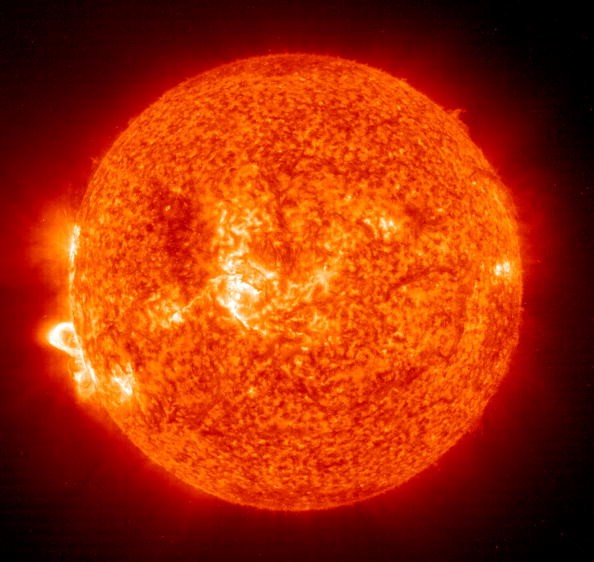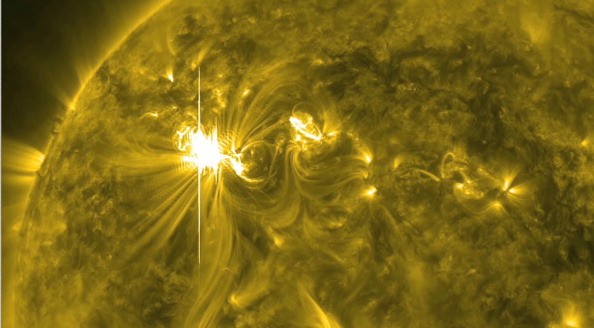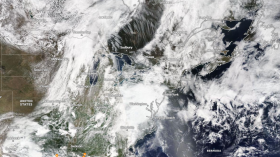Forecasters warned that a solar storm may take place this week as they get ready for a cloud of charged particles from the Sun to "sideswipe" the Earth.

CMEs Expected to Hit Earth
A plasma and magnetic field coronal mass ejection (CME) is out of the Sun and could strike this week, according to Express.
On Monday, a huge filament of magnetic lashed out from the Sun's lower part, casting the CME towards the Earth.
CMEs may travel at rates ranging from 560,000 mph to more than 6.7 million mph, according to the US Space Weather Prediction Center (SWPC).
The fastest CMEs may reach Earth in as little as 15 to 18 hours at these incredibly fast speeds. According to the SWPC, the arrival of slower CMEs might take many days.
As they travel away from the Sun, they grow in size, and bigger CMEs may cover over a fifth of the distance between Earth and the Sun by the time they reach our planet.
Most of the CME's path is expected to be south of our planet, with a near-miss as likely as a glancing impact on Friday. The more intense a CME is, the more violent the geomagnetic storms that occur all around the world. These storms are categorized as "G1 Minor" to "G5 Extreme" by scientists.
Also Read: Did the Sun's 11-Year Cycle Play a Role in Global Warming?
Geomagnetic Storm: Major Disturbance of Earth's Magnetosphere
According to the SWPC, A geomagnetic storm is a large disruption of Earth's magnetosphere that happens when energy from the solar wind is transferred efficiently into the space environment around the planet.
Fluctuations in the solar wind trigger these storms, which in turn alter the magnetosphere's current flow, plasmas, and fields dramatically.
A minor solar storm is very little, yet it may cause power grid oscillations and interfere with satellite operations.
The emergence of auroras in the polar circles - Aurora Borealis in the north and Aurora Australis in the south - is the most obvious consequence.
Extreme storms, on the other hand, are very hazardous, causing whole electrical networks to collapse, communication failure, and cause auroras to appear much further south as Texas and Florida.

No Expected G1 (Minor) or Greater Geomagnetic Storms
According to the SWPC's three-day prediction as of Wednesday evening, no geomagnetic turbulence is expected around the Earth.
According to the forecasters, there will be no G1 (Minor) or greater geomagnetic storms. There will be no noteworthy transient or recurring solar wind characteristics.
They also stated that there would be no R1 (Minor) or higher radio blackouts. According to the forecasters, big active area flare activity isn't anticipated.
A solar storm will not inflict any physical damage on humans. It will just knock out all electricity. There will be no power, no radios, no electronics, nothing.
Related Article: Sun Ejects 'Canyon of Hot Plasma', Powerful Solar Storm Expected to Pass By Earth
For more news, updates about the sun and similar topics don't forget to follow Nature World News!
© 2024 NatureWorldNews.com All rights reserved. Do not reproduce without permission.



![Venomous Centipede Could be Game-Changer and Save Lives of People with Kidney Disease [Study]](https://1471793142.rsc.cdn77.org/data/thumbs/full/70407/280/157/50/40/venomous-centipede-could-be-game-changer-and-save-lives-of-people-with-kidney-disease-study.jpg)

